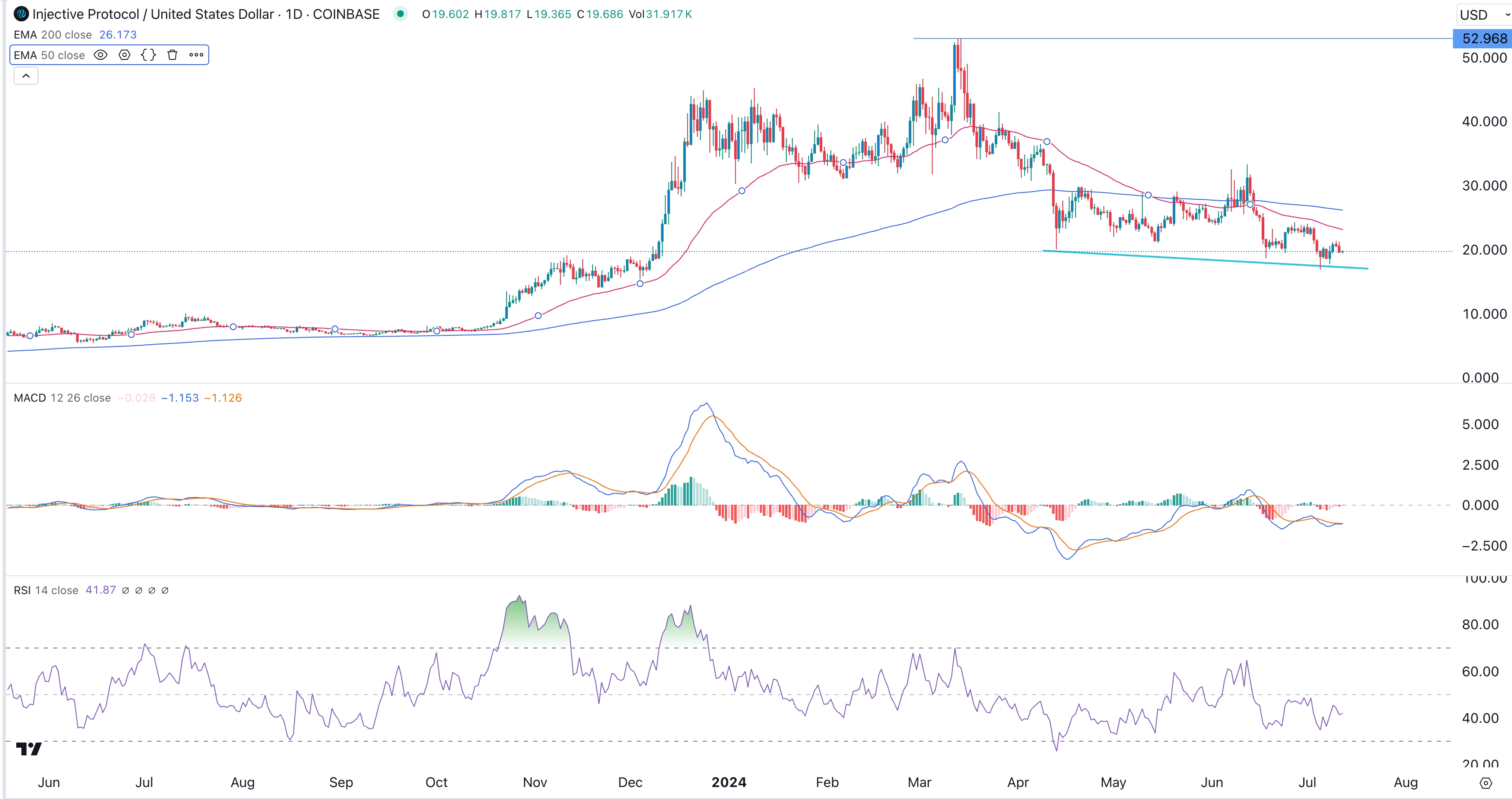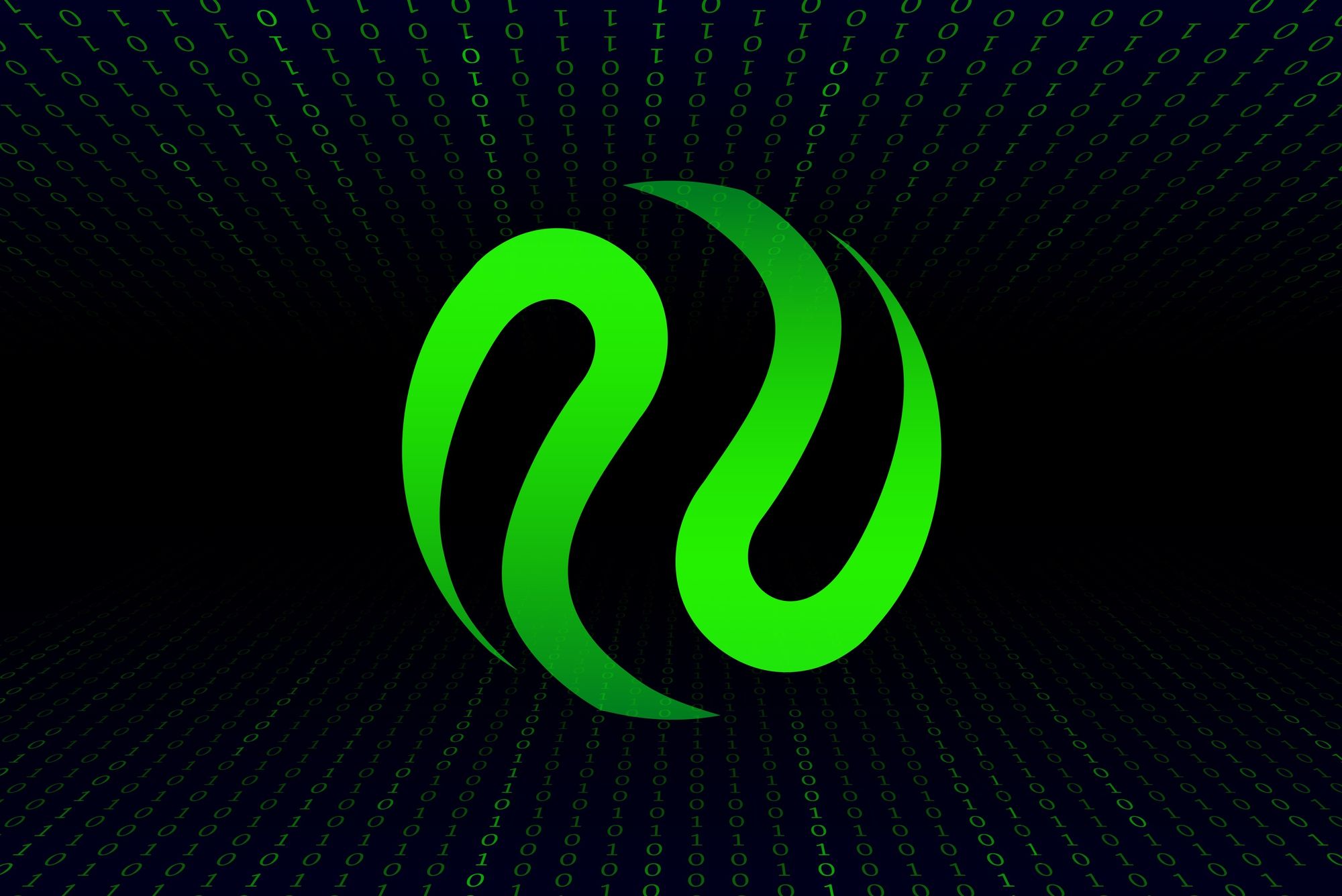Injective (INJ), the decentralized finance (DeFi)-focused blockchain network, has one of the biggest staking yields in crypto.
Injective has an APY of 20%
Data by StakingRewards shows that the INJ token has a staking reward or APY of almost 20%. In contrast, Ethereum yields 3.3% while Solana, Cardano, Avalanche, and Tron yield 7%, 2.9%, 7.9%, and 4.15%.
Injective rewards are also higher than those of the industry’s riskiest assets. For example, the iShares iBoxx High Yield Corporate Bond (HYG), which tracks the top junk-rated companies, yields 5.9%. Short-term government bonds yield less than 6%.
The yield also means that investing in the Injective token should, in theory, generate a good return annually. A $100,000 investment will bring in a $20,000 annual reward if the yield holds.
Still, despite all this, the Injective token has not done as well in 2024 as it did in 2023, when it surged by over 1,000%. After peaking at $52.96 in March, the INJ token has crashed by over 62% to the current $19.
Weak fundamentals and technicals

Injective price chart
Injective, backed by Mark Cuban, has underperformed for two main reasons. First, it has suffered from a valuation mismatch since its token has a market cap of over $1.9 billion while its network suffers from weak on-chain metrics.
Data on its website shows that the number of transactions in the network is not growing as fast as it was before.
The latest data shows that the network’s total value locked (TVL) is currently $39 million, down from its year-to-date high of $73 million. This is surprisingly low for a blockchain network that aims to have a significant impact on the finance industry.
Furthermore, Injective’s major success, Helix, a decentralized exchange (DEX) on the network, has experienced a 22% decrease in assets over the past seven days, amounting to $17 million. According to CoinMarketCap, the daily transaction volume has also dropped from over $80 million earlier this year to $35 million.
To make matters worse, the INJ token has experienced a death cross, as the 200-day and 50-day moving averages intersected in June. It has remained below the 200-day EMA since then, indicating that the coin’s downward trend could continue.
Confirmation of the bearish sentiment will occur if the Injective price breaks through the descending trendline that connects the lowest swings since April 13th.
Therefore, considering the weak fundamentals and technicals, the Injective token appears to be a relatively risky investment despite its significant staking reward.













